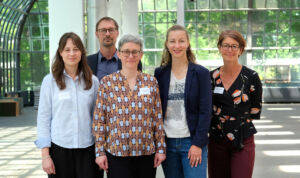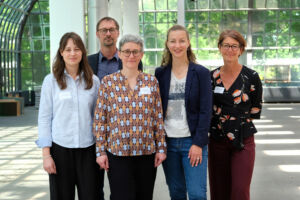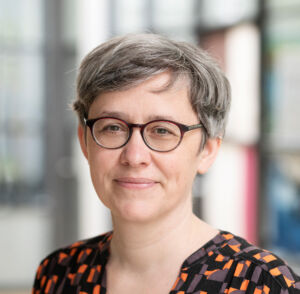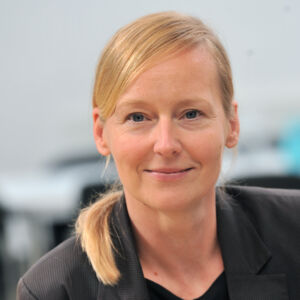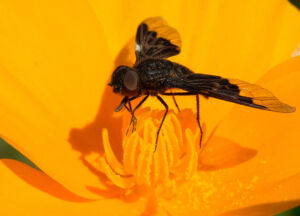
SLInBio – Urban lifestyles and the valorization of biodiversity: dragonflies, grasshoppers, bumblebees and Co
The SLInBio joint project investigates social-ecological interactions between lifestyles and everyday practices of city dwellers and urban insect diversity.
